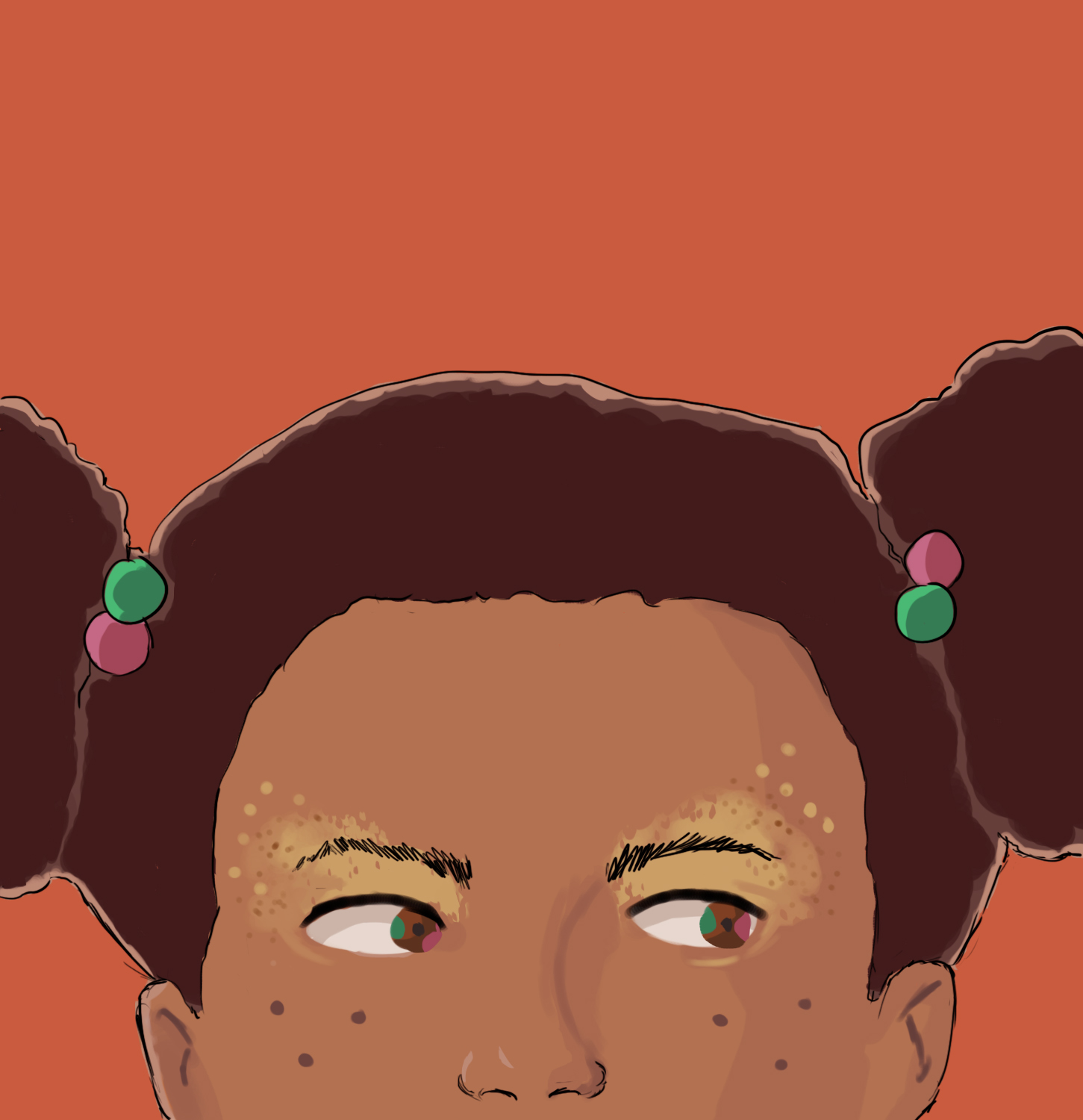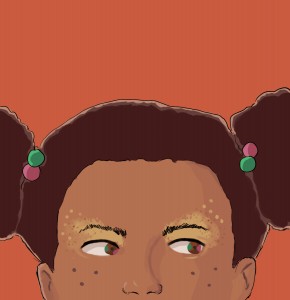Learning to love oneself

“I recently decided to teach my little sister that she needs to love herself.”

I recently decided to teach my little sister that she needs to love herself.
She is five and it’s a daunting task, but I see a world trying to invade her impressionable mind. Let me begin, however, by giving you a background of my childhood.
I was never one of those children raised on television, but I did watch a fair amount. I looked forward to completing my homework before the glowing screen as SpongeBob performed his usual antics. However, SpongeBob is not the reason I need to teach my sister to love herself.
It was what came on during those commercial breaks that affected me; I saw ads featuring golden-haired, blue-eyed children playing with dolls that resembled them in the most basic sense.
Rarely did I see a girl who resembled me, playing with a curly haired doll that could have been a grown-up version of myself..
This advertisement may seem miniscule, but it becomes grave when multiplied with years of images that represent an ideal of beauty that looks nothing like what I saw when I looked in the mirror.
That was my plight and that is often the plight of those who grow up as a minority.
That said, I am not pleading for more ethnically diverse Barbie dolls in the hopes that their skin colour or hair texture will lend to better self-image in our girls.
We are still faced with the ridiculously thin images that do very little to help the self-esteem of girls who will never grow up to be size double-zeros.
I am merely explicating a series of subconscious messages that were delivered to me from the time I could distinguish the difference between ugly and pretty.
It’s estimated that advertisers spend $12 billion to get children to watch at least 40,000 commercials a year, not including other forms of media.
So it comes as no surprise that I quickly learned — albeit indirectly — that to be beautiful, one had to have straight, long hair, thin features, moderate height and for the most part, white skin.
Now, I don’t believe there is an objective standard of beauty, but as a child these images became the cornerstone of my shaky self-esteem. No one should feel the need to grow up to be an industry’s definition of perfection.
I was faced with a decision: either I could strive to become this ideal and bleach my skin, deny my culture, fry my curly locks and eat like a bird, or I could accept who I was without any reservations.
The journey to the latter is ongoing. Some days, the media seems like a force of nature. I cannot run or hide from it telling me that I am not good, pretty, smart or worthy enough.
What I can do, however, is teach my little sister to skip the step I had to take. I can help her reject the ideals put forth by the media and society and teach her to embrace the beauty in herself.
Like I said, it’s easier said than done. She has media and advertising coming at her from more screens than I did.
I want to fight this onslaught by telling her simply that she is smart and unique in her own way.
I want to explain that it’s okay to be fat, thin, White, Black, Asian, First Nation and everything in between and outside of the labels we put on each other.
I want to teach her that our diversity and uniqueness should be celebrated, not minimized. I want to teach her that she doesn’t need the media to validate her worth.
She is only five, and brightly enamoured by a world that has yet to show its fangs to her.
I want to soften the blows she is sure to encounter. I want to teach her that she doesn’t have to be hardened or naive; she can love herself and free herself to love others in the process. I want to teach her because I wish someone had taught me.


